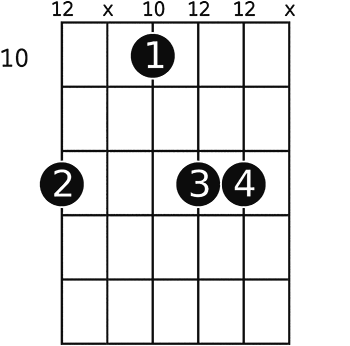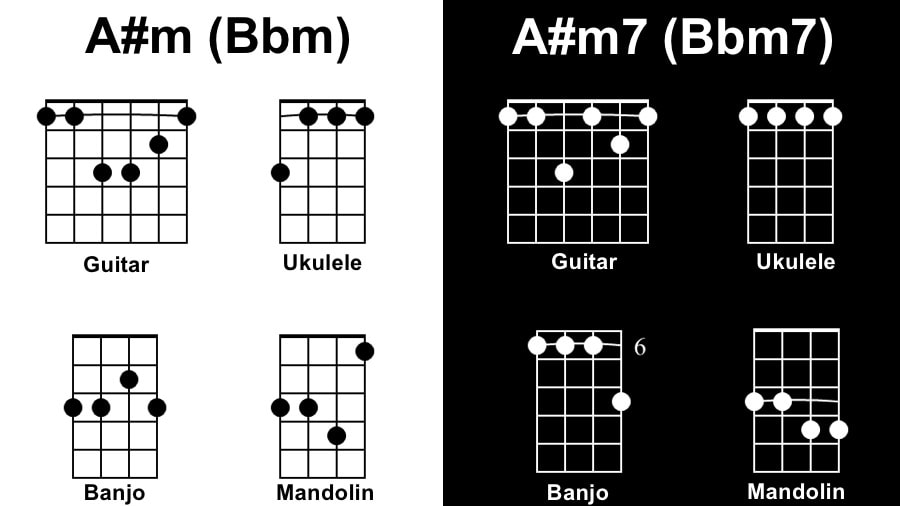
This cookie is set by GDPR Cookie Consent plugin. The cookie is set by GDPR cookie consent to record the user consent for the cookies in the category "Functional". The cookie is used to store the user consent for the cookies in the category "Analytics". These cookies ensure basic functionalities and security features of the website, anonymously. Necessary cookies are absolutely essential for the website to function properly. “Can You Feel the Love Tonight” Elton John I-V-vi-IV “Little Baby Nothing” Manic Street Preachers I-V-vi-IV “Please Play This Song on the Radio” NOFX I-V-vi-IV “Under the Bridge” Red Hot Chili Peppers I-V-vi-IV “Butterfly” The Pale I-V-vi-IV “Fall at Your Feet” Crowded House I-V-vi-IV “Right Here Waiting” Richard Marx 1989 I-V-vi-IV

“Tuesday’s Gone” Lynyrd Skynyrd I-V-vi-IV G D Em C 70 bpm Band Reggae G D Em C 80bpm Band Rock/pop G D EM C 70bpm Band Acoustic

Counting out loud helps.īand audios: Just click on the text link below to open the audio file, and play along. If you find you’re getting lost to start with, this is normal – just find your G chord and wait for the sequence to go back to the G. The reggae one is cool to practice your upstrokes to. Play the ‘rock and pop’ one first as the drums will make the beat easier to hear and count. Because there are more instruments playing in the band tracks, they sound fuller and more musical than the training audios, but if you are starting out, it can also be harder to hear and count – so don’t worry if you lose your place from time to time. When this is easy, you can add more strums, and move on to playing with the band tracks underneath. G D Em C 60bpm Training G D Em C 80 bpm Training G D Em C 100bpm Training G D Em C 120 bpm Training Training audios: Just click on the text link below to open the audio file, and play along. If you are struggling to know which chord is which, try counting each chord out loud. Soon, though, it will feel much easier and you can play along with the band tracks underneath that have more instruments in them. It’s a good idea to start on the training audios, as it can be hard to pick out the guitar and the beat AND play along when you’re starting out. You can start adding in a second strum when your changes speed up. Try to keep up with the chord changes moving to faster tracks as your chords get a bit quicker. Use the first set of audios labelled ‘Training’ and you’ll hear one guitar strum on beat one, and just drums marking the remaining beats. (Reminder-here, each bar lasts for four beats, or a count of four). If you’re working on getting the chord changes going, start off with one or two one minute changes between each pair of chords, and work towards playing each chord once on beat one of the bar. Here are some audios you can play along to. So the effort you invest getting the chord changes going will result in you being able to play many songs.
-e-n-l-v-12-10-9-x-10-x.png)
Hundreds of songs use this exact sequence, and many more use the same chords in a slightly different order. The G, D, Em, C sequence is a real building block of contemporary song.


 0 kommentar(er)
0 kommentar(er)
